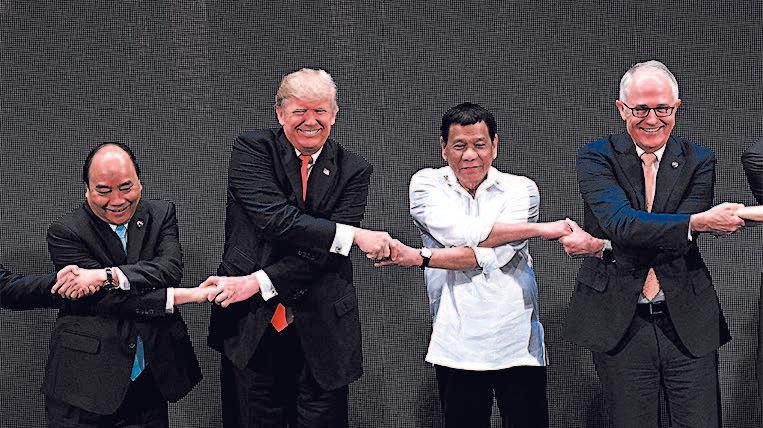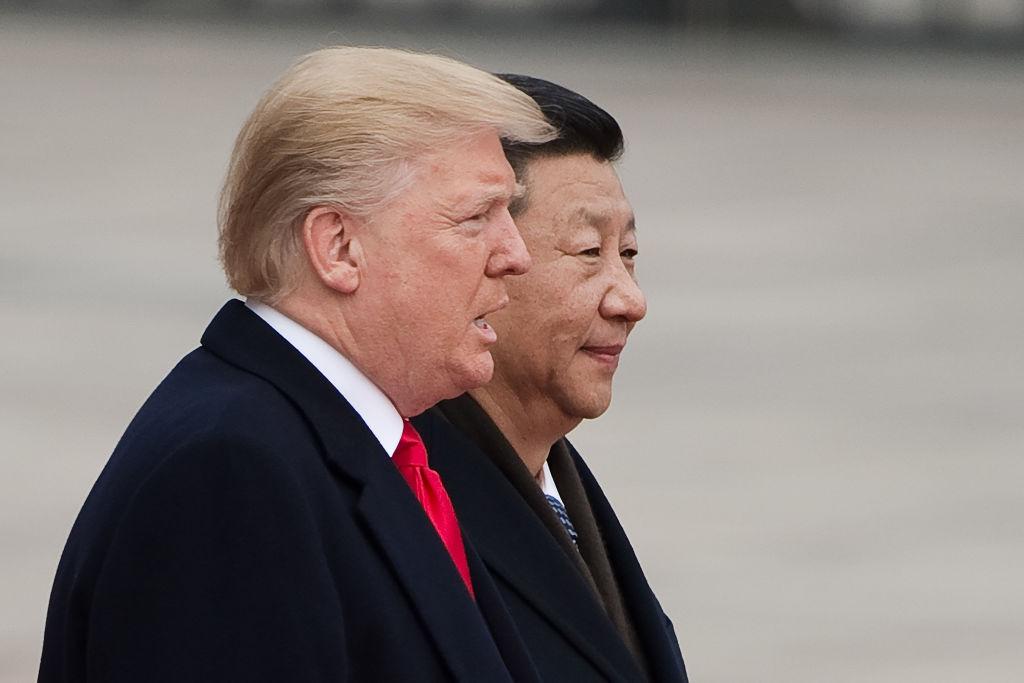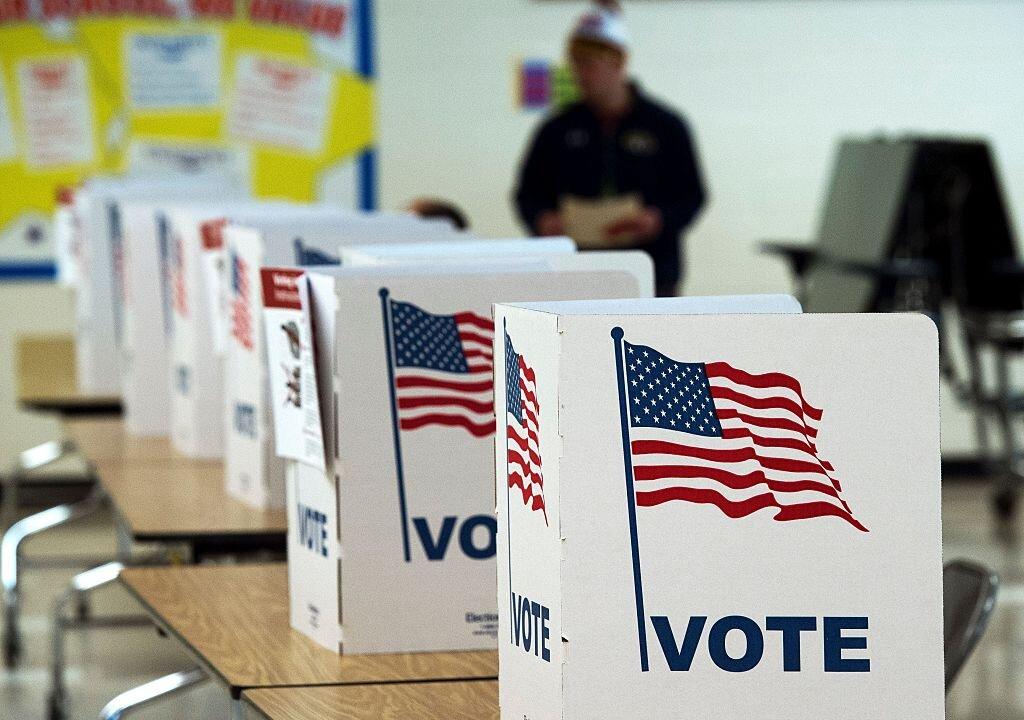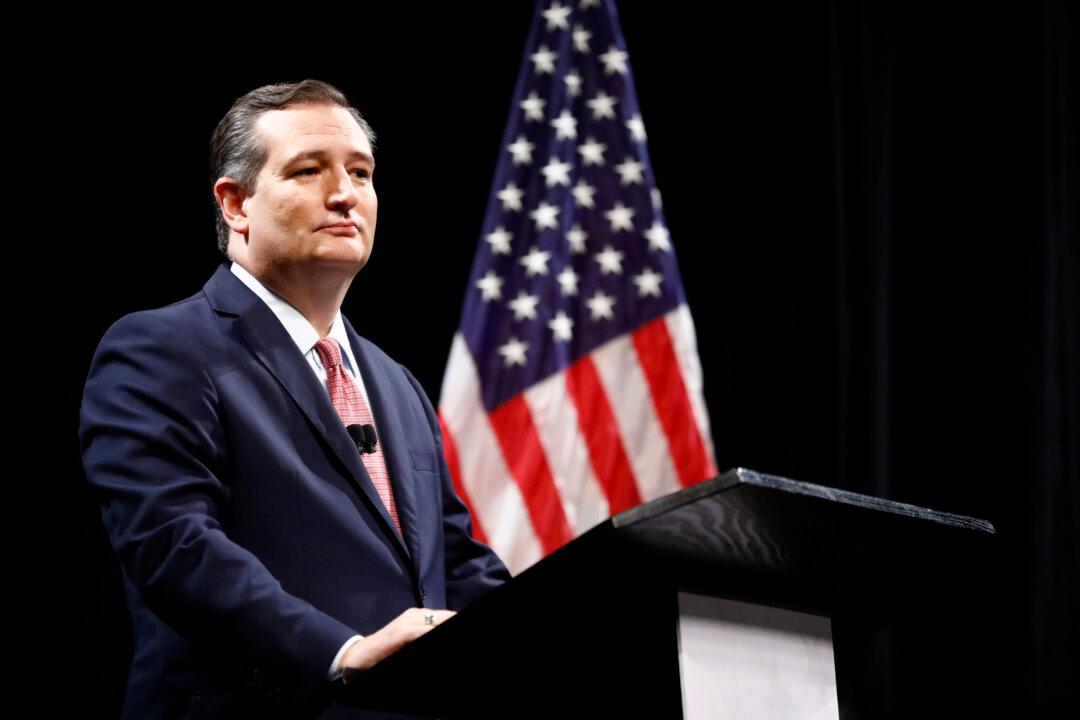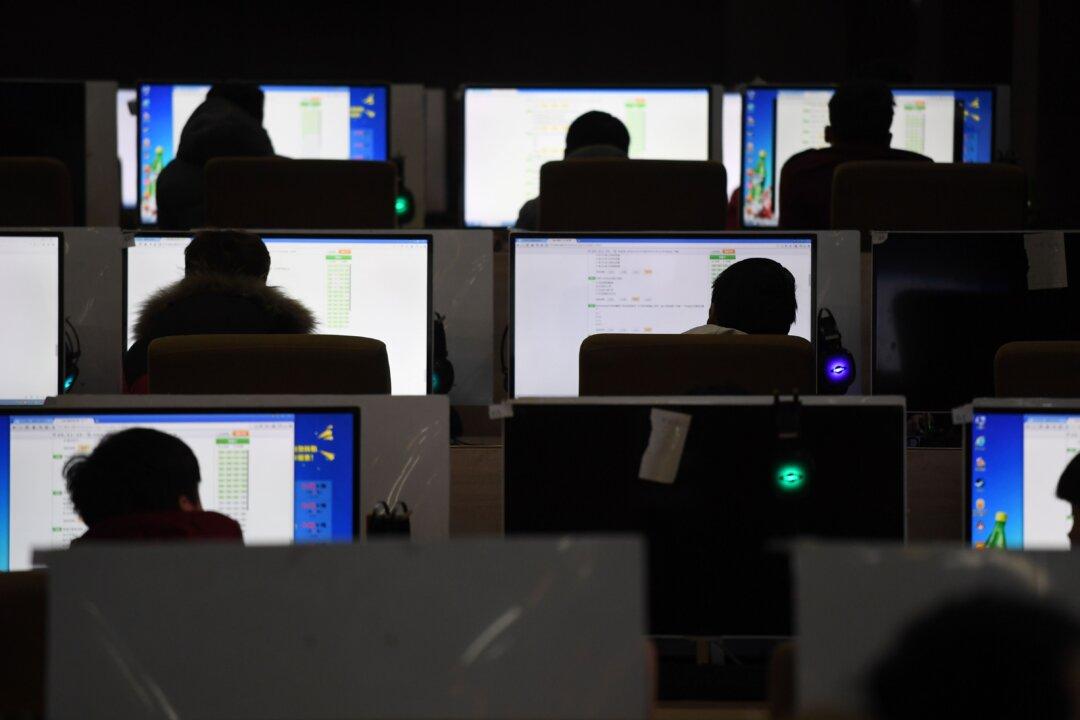Was President Donald Trump’s Asia trip a success? According to American mainstream media, no.
Bloomberg said his trip “lacked breakthroughs.” The Washington Post alleged his trip “was hardly the success he says it was.” In an incoherent diatribe, The New York Times’s Thomas Friedman claimed that Trump was played and duped by China so much that “China could sell Trump the Brooklyn Bridge.” Susan Rice, the national security adviser under former President Barack Obama, scolded Trump for “making China great again.” Harry J. Kazianis in The Week did not aim for subtlety; he asserted that Trump’s Asia trip was “disastrous.”
